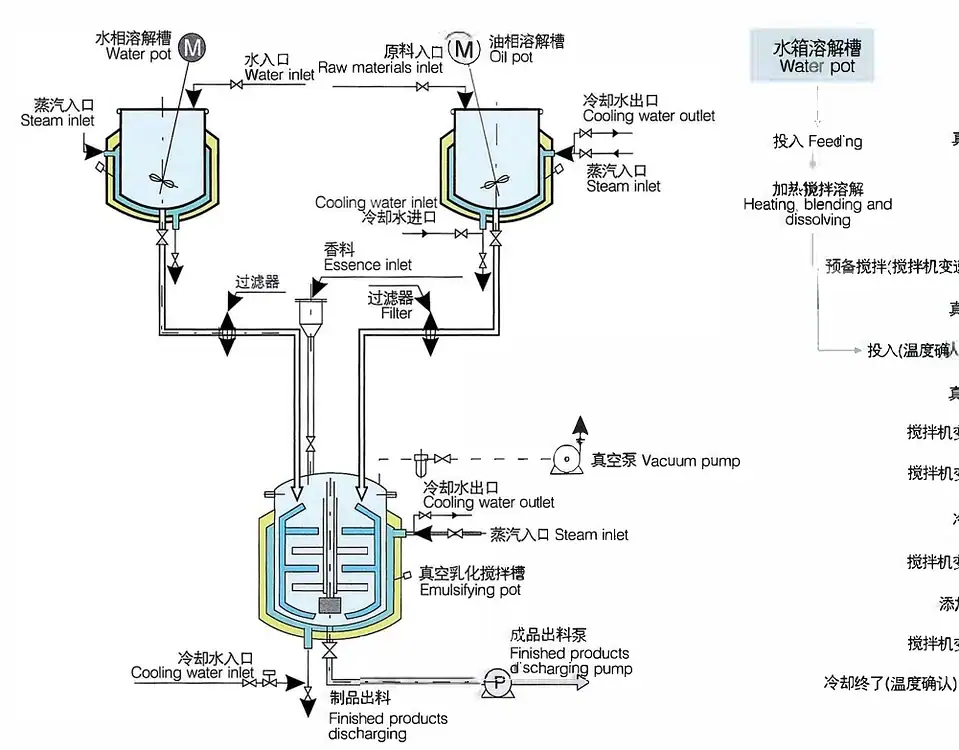
Vial Filling Machine: Introduction to Types, Working Principles, and Applications

The Ultimate Guide to Homogenizer Machine
Mixer Emulsifier: Introduction, Working Principle, Types, and Application Products
Introduction
Across many industries, there are products that need to be mixed. The ingredients don’t always mix well, though. They separate, get clumpy, and break apart.
A mixer emulsifier helps with that.
Today, we’re going to go over what a mixer emulsifier is, how it works, and the types of places you might find one.
Let’s get started.
What is an Emulsifier Mixer?
An emulsifier mixer is a specialized machine. It’s designed to mix two or more ingredients that don’t usually mix well. Because of the way it mixes, it can create a smooth, proper mixture that doesn’t separate.

The most common example can be found in the kitchen.
Many sauces in your favorite recipes are emulsifications. If you have ever made a gravy from scratch, you’ve seen this happen. When you add flour to your base liquid, it can separate and become clumpy. That’s when an emulsification doesn’t work. When mixed properly, you get a smooth sauce.
However, it’s not only used in the food industry. An emulsifier mixer can also be used by medical professionals, the biotech industry, manufacturers, and more.
Without emulsification mixers, many of the products you use every day would not be possible.
What is the Working Principle of a Mixer Emulsifier?
There are different types of emulsifier mixers. However, the working principle behind them is rapid rotation.
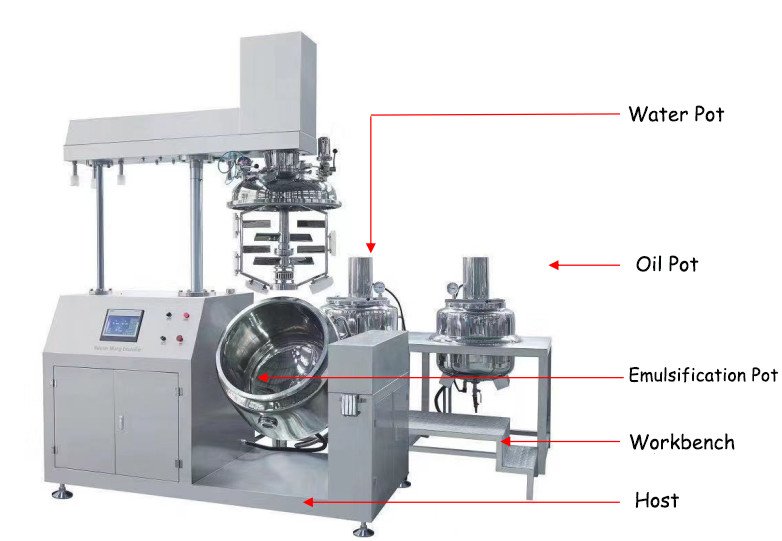
Working Principle of a Mixer Emulsifier
The reason some ingredients or materials don’t mix well is because they repel each other. This is usually because an ingredient is “hydrophobic”. That means it pushes water away, and many ingredients are water-based. You see this with oil and water. You can’t mix them normally. The oil floats above the water and won’t mix. Many ingredients do this.
When the emulsifier mixer spins at a high rate, it agitates the molecules. This keeps them from pushing away from each other, and the two ingredients can mix.
How Does an Emulsifier Machine Work?
An emulsifier mixer’s steps vary. It depends on the exact model you have. It can vary a lot between applications, too. A kitchen emulsifier is very different than a commercial one used for products.
With normal kitchen emulsifiers, you usually just press a button like an electric whisk. So, we’re going to go over the steps for more complicated mixers.
While the steps might differ by machine, these are the usual steps.
1: Prepare Mixing Ingredients
First, you have to prepare the ingredients you want to mix. In an industry, the amount needed for each will be exact. It’s important to measure everything properly.
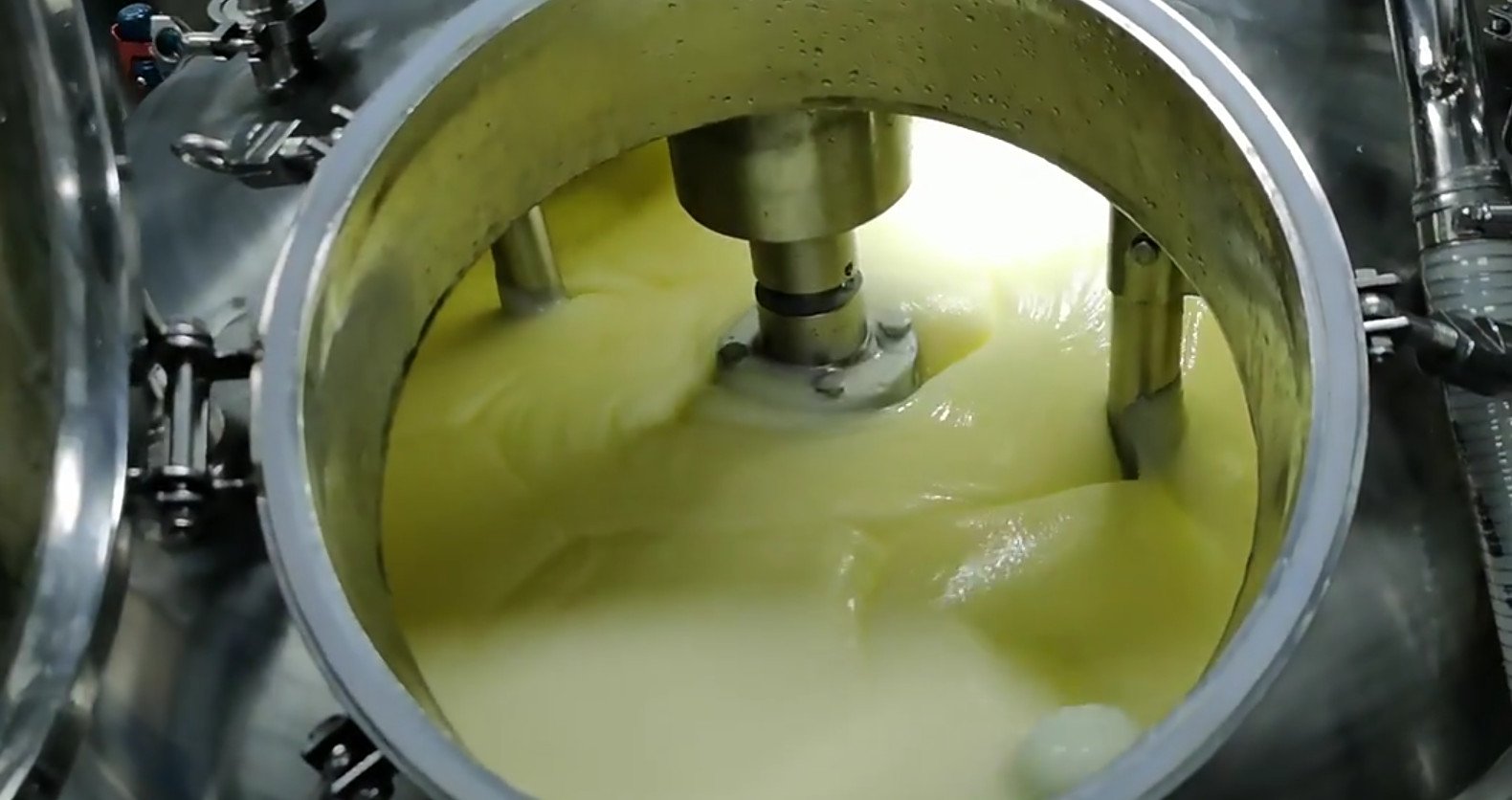
Step1: Prepare Mixing Ingredients
You might have two ingredients, or it might require several. All of them go in the mixing vessel. This is a container in the front of the machine. With most mixers, it’s detachable.
2: Add Water or Oil
Some emulsifier mixers use water and oil in separate vessels. If your mixer needs this, the containers are on the sides.
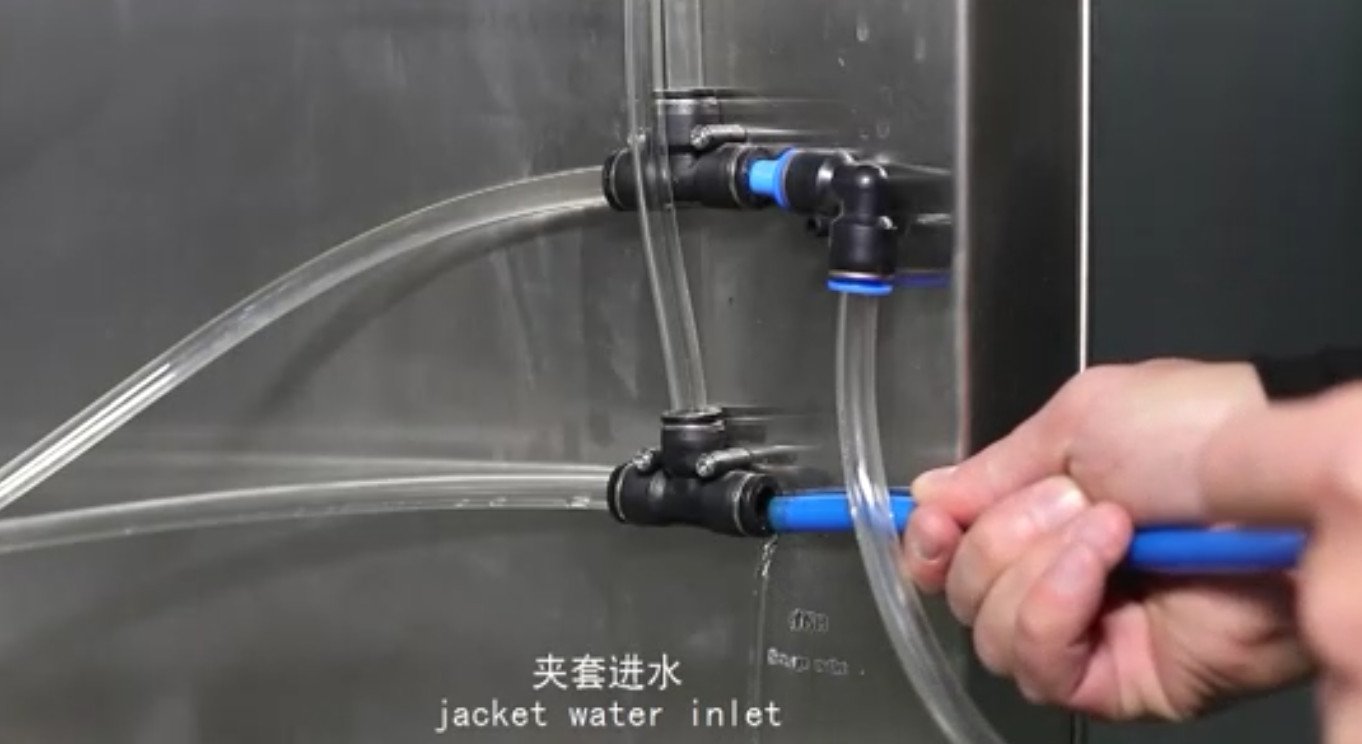
Step2: Add Water or Oil
How much you need will depend on your mixer and what you’re making.
You should also know that not all mixers require this step. Some use water and oil in the mix itself.
3: Start the Mixer
Now, the mixer does all the work.
When you start the mixer, a few things happen.
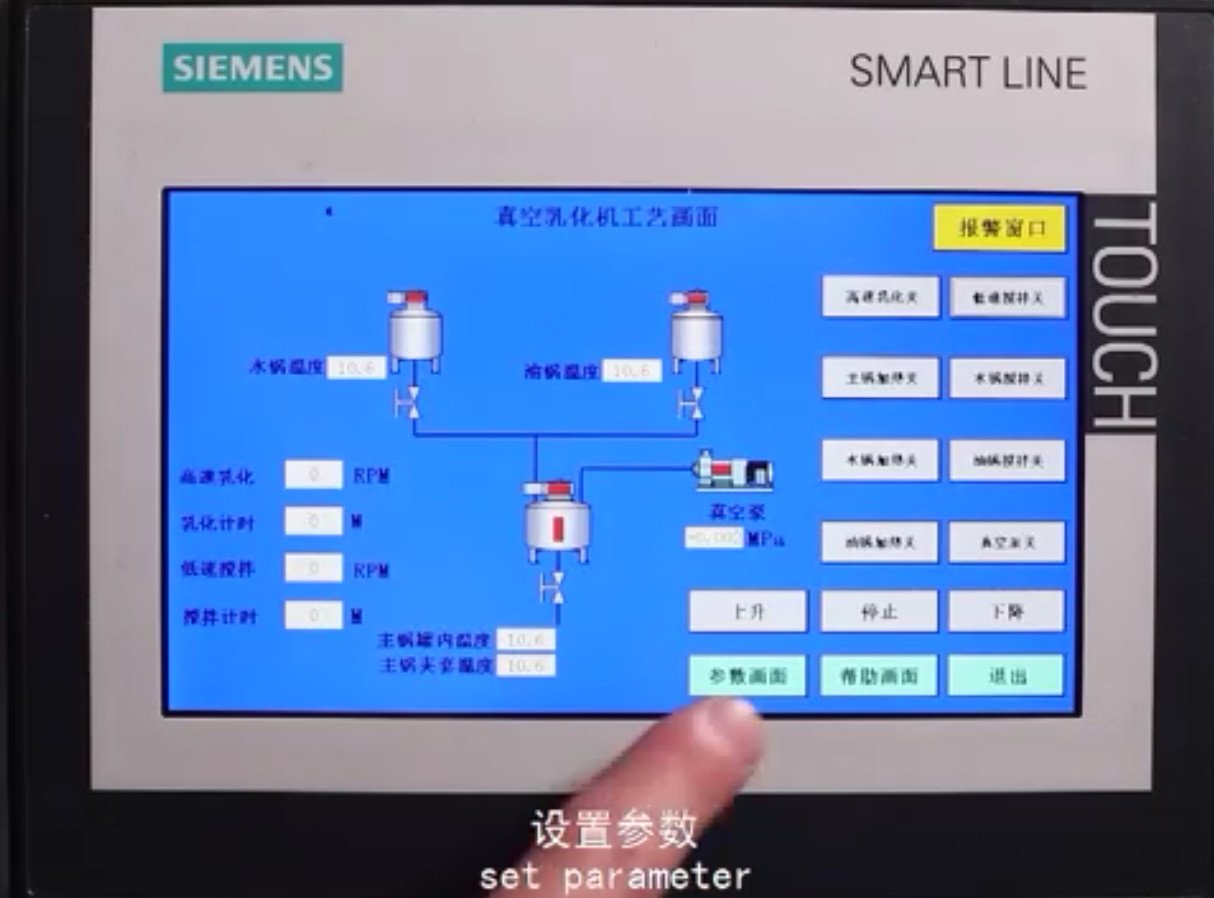
Step3: Start the Mixer
First, a scraper will make sure all the ingredients are mixed. They won’t be able to stick to the sides and ruin your ratio.
Then, high-speed cutting vanes spin. These cut and smash the ingredients to make them blend smoothly.
The mixer also spins the ingredients together while it breaks them up.
Some mixers use a vacuum to pull out air bubbles. This is usually what happens with commercial mixers.
Finally, the mix settles, and it is ready for use.
How Many Mixer Emulsifier Types are There?
There are 3 main types of mixer emulsifiers. There are vacuum mixers, food mixers, and homogenizers.
We mentioned vacuum mixers, already. They create a vacuum that pulls out air bubbles. This is important for mixes that cannot have air bubbles in them. It’s very useful for the medical field and when making plastics.
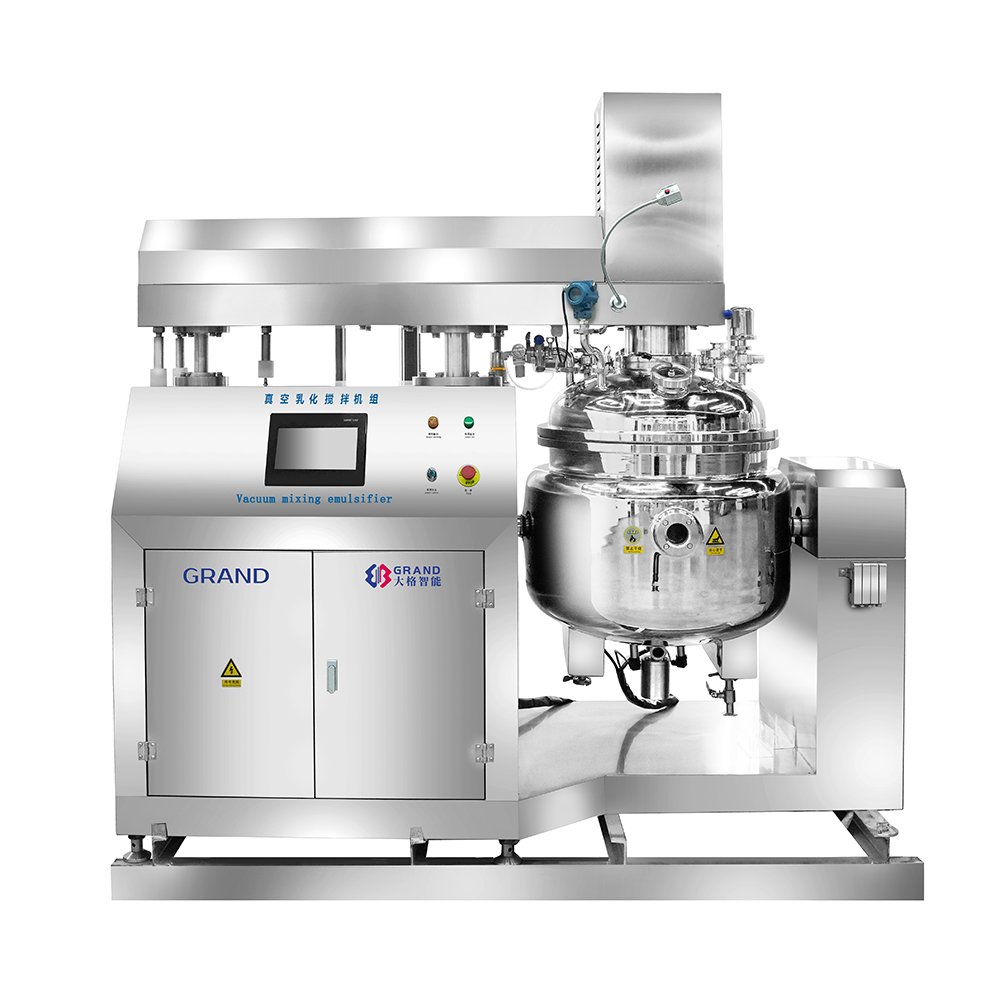
vacuum mixers
The food industry uses emulsifier mixers to make liquid-like foods and sauces. In manufacturing, you’ll find large commercial machines. However, some handheld mixers are available to home cooks. Those are far simpler, though.
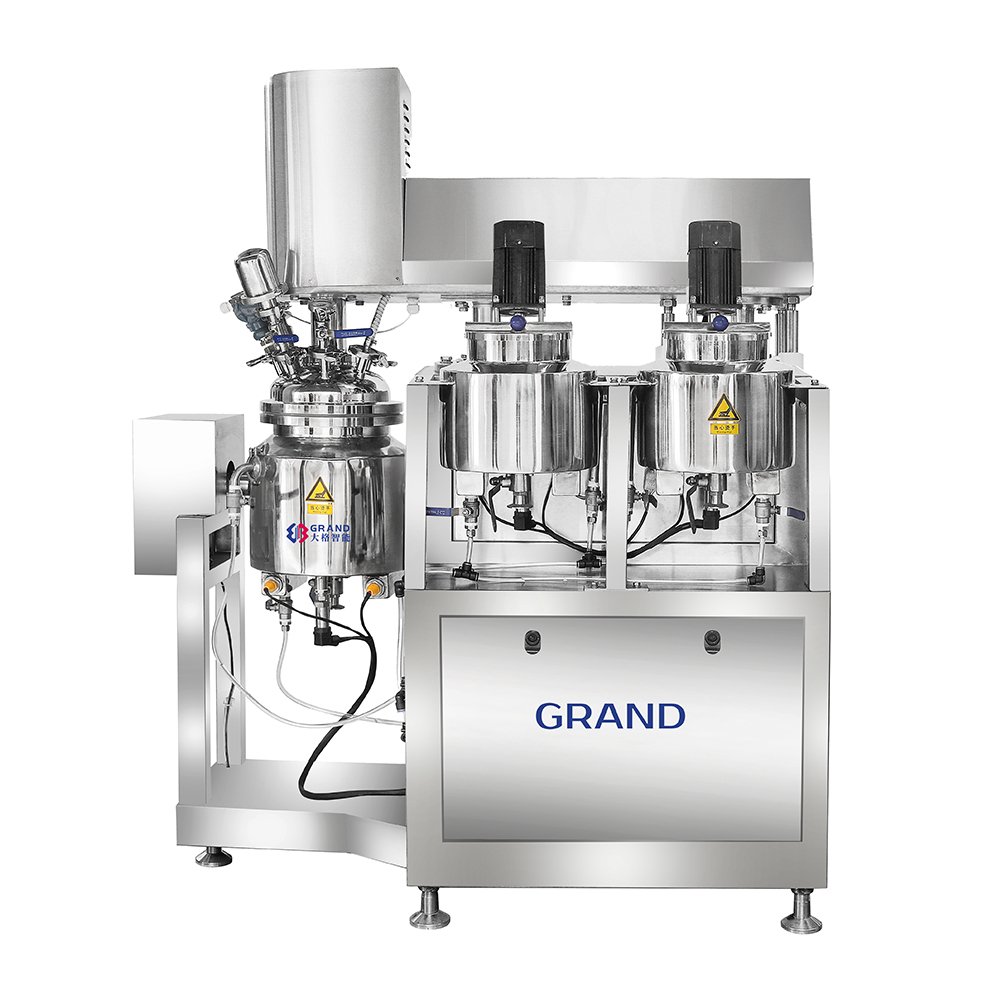
vacuum mixers for food
Finally, you might use a homogenizer mixer. This is a type of emulsifier that pushes the mixture through a tight space. The pressure forces everything to mix properly. You see this most often with milk and other homogenized products. It does have industrial applications, though.
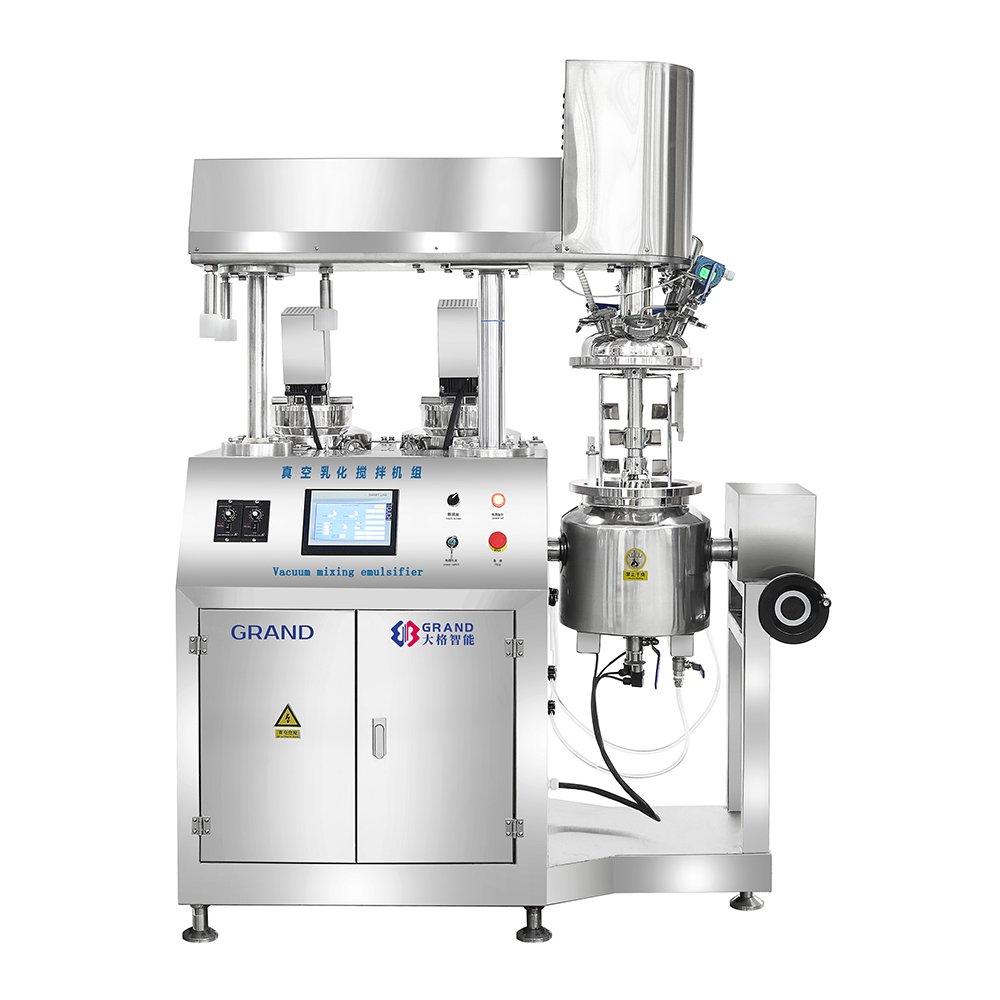
homogenizer mixer
Which Mixer is Suitable for Emulsification?
In most applications, the vacuum emulsifier mixer will be the best. It’s used in many different industries.
However, it really depends on what you’re doing. The food industry needs food-based emulsifiers. Some special industries need homogenizers more.
When choosing a mixer, you should choose the best tool for the job you’re doing.
What is the Role of the Emulsifier in a Mixture?
The emulsifier mixer isn’t all you’ll need. There’s also an emulsifier that’s used. This is also called a stabilizer.

Emulsifier
An emulsifier is an additive. As a molecule, one end attaches to water. The other attaches to oil. This grabs both ingredients you’re mixing, and it keeps them from separating. It’s a binder, basically.
Without an emulsifier, even a good mixer won’t make a good mix with ingredients that don’t work together.
Mixer Emulsifier Application Products
Mixer emulsifiers are used to make a lot of products. You use many of them every day.
First, many of the foods you eat use them. We covered how they’re used to make many sauces and liquid-like foods.
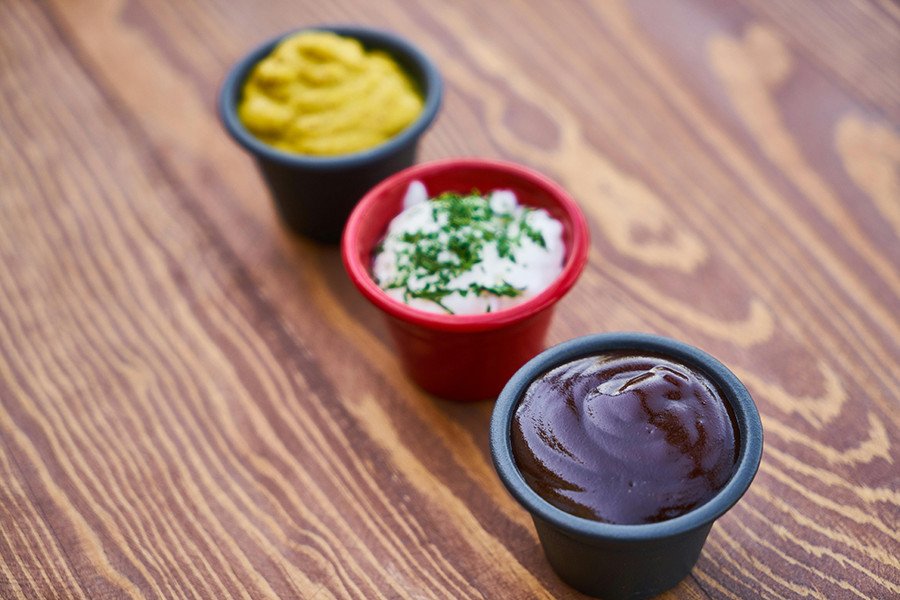
sauce liquid
You can also find emulsified products in the hygiene aisle. Soap, lotion, creams, and more are all made with mixer emulsifiers.
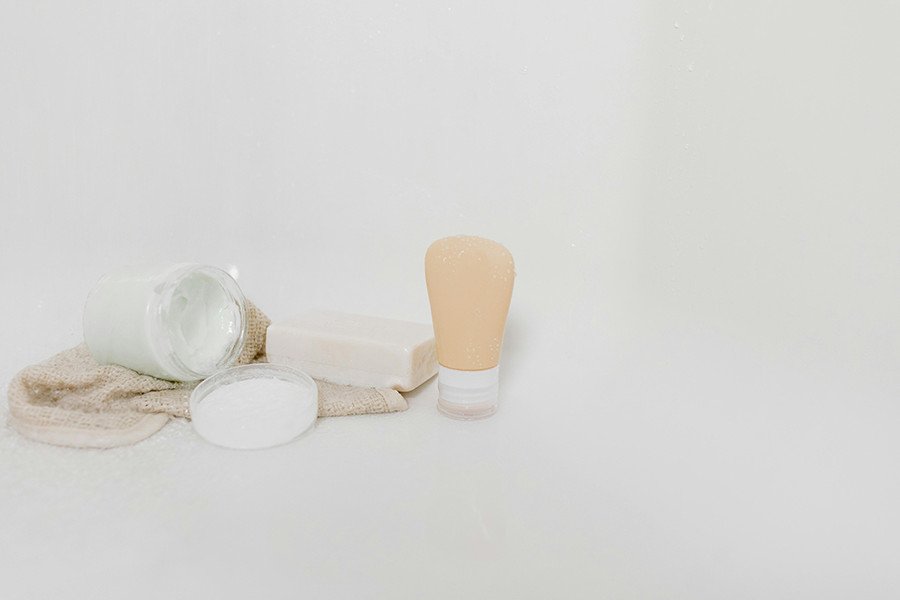
soap bath industry
The cosmetic industry also uses them. Mascara, foundation creams, and other cream-like makeup products are emulsified.

cosmetic
Finally, you will find many products in the medical and biotech industries. Topical creams and ointments, some medicines, and more are emulsified.
Most industries rely on emulsifier mixers to make the products you use every day.

